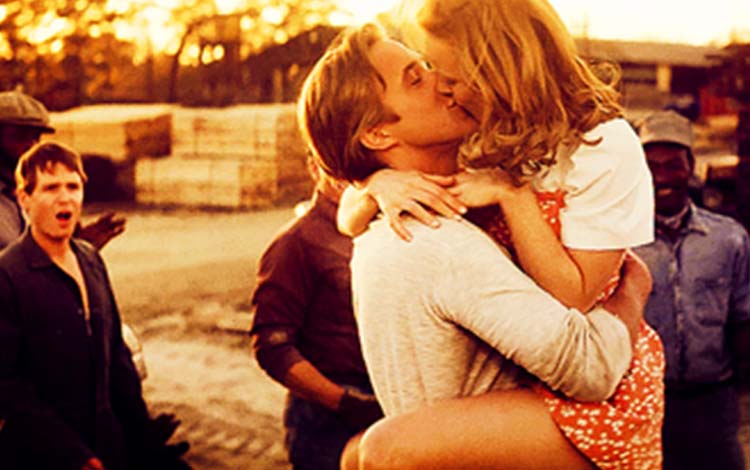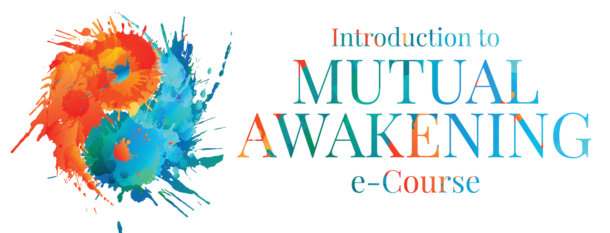
In the Hierarchy of Human Needs: Maslow’s Model of Motivation – Abraham Maslow added to his model late in his life a 6th level called Self-Transcendence. His model is one of the many I have used to understand and illuminate the possibility of a higher order of human relatedness. Maslow beautifully describes how as our needs are fulfilled on lower levels of development, the evolutionary drive moves through us as we develop higher levels of capacity and more refined motivations.
The first level – BASIC/PHYSIOLOGICAL – consists of basic survival needs such as sex, food, warmth, shelter.
The 2nd level – SAFETY NEEDS – having a sense of order, stability and security
The 3rd level – LOVE & BELONGING – addressed our need to be accepted by those around us and to have stable, secure relationships.
The 4th level – ESTEEM – is that within our social groups we want to be recognized and valued for our accomplishments and capability. Prestige and power are concerns at this level.
The 5th level – SELF-ACTUALIZATION – is the first level beyond needs that arise from deficiency. This is the need to experience greater fulfillment through realizing more and more of our human potential. We want to give to the world and others from a place of abundance.
The 6th level – SELF-TRANSCENDENCE – is the need and desire to experience, unite with and serve that which is beyond the individual self: the unity of all Being.
A higher order of human relatedness is developed with people who are fundamentally either coming from self-actualization or those who have been exploring SELF-TRANSCENDENCE and want to discover how to enter into that level together.
Within the long list of descriptors for transcenders – there is mention of a critical quality called POST-AMBIVALENCE. Post-ambivalence is the capacity to be able to love wholeheartedly and without conflict from within. It also indicates someone who so completely accepts themselves, that they can let go and give themselves over not only to love but to any emotion, fascination, creative impulse, scientific problem or expression. That level of maturity depends on no longer being concerned with proving oneself or protecting a particular self image. A true letting go of control and becoming one with, uniting with greater forces and realities is a part of this consciousness.
Sounds good… but what is ambivalence and what keeps it firmly in place in our lives, consciousness and our relationships?
Ambivalence: simultaneous and contradictory attitudes or feelings (as attraction and repulsion) toward an object, person, or action
Ambivalence is a combination of hope for what we want or what we see is possible and the fear that it won’t happen. It comes from the times that we’ve been deceived, betrayed, disappointed, hurt, abandoned or we’ve failed. Instead of dealing directly with the pain in a way that would enable us to learn, grow, and purify anything needed for our own maturation and completion we create doubt and ambivalence.
From this ambivalence, doubt arises. The doubt has a destructive, hateful quality in reaction to our history of pain and betrayal. Doubt expresses skepticism, suspicion, mistrust and fear. Doubt is negative energy – a distorted expression of our Being. It is a paranoid, aggressive attitude that cuts life off before it has a chance to grow. The ambivalence then protects us by keeping us away from risking ourselves again.
Ambivalence seems normal and necessary – we rarely question its existence. We can live our lives without ambivalence. The invitation is to live from this quality of post-ambivalence. To be complete and wholeheartedly surrendered and open to love and to being our Selves.
Consider this…
Start with the ambivalence – what are you hoping for/what is the fear?
How is doubt expressing itself in the area where you are ambivalent?
Feel into the doubt, its tone – what it says – can you feel it’s aggression, hatefulness, trying to protect you?
How could you replace the doubt with openness and a willingness to discover the truth?
Can you feel the pain that is underneath?
What would you need to learn or in what ways could you grow to complete the pain of what didn’t happen?

